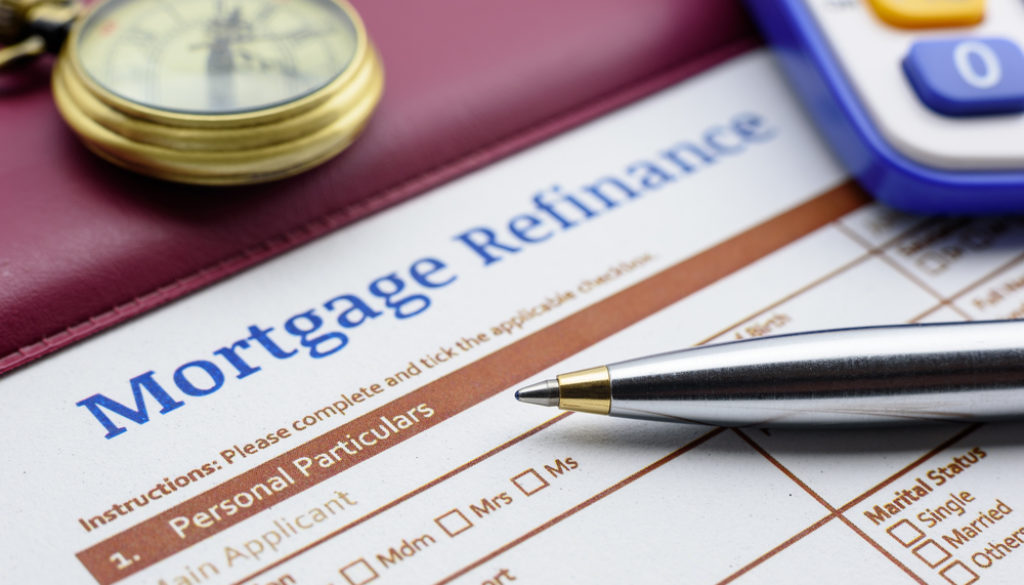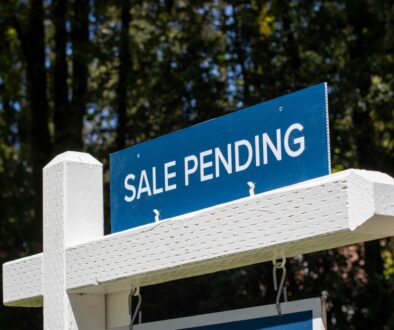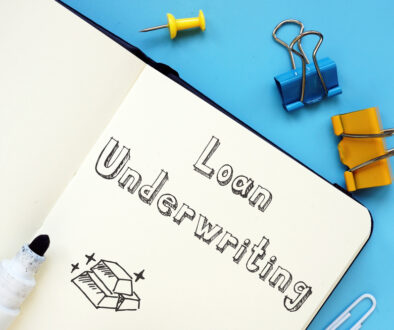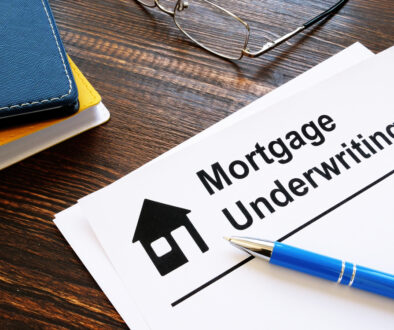Reasons for Mortgage Refinancing: Rate, Payment, Format, Term
There are several programs within the mortgage world that might be utilized for varying different purposes, and mortgage refinancing is perhaps the best example. There’s not a single reason why homeowners refinance their mortgage — rather, there are several different scenarios that may lead them down these lines, each of which may have specific benefits you’re looking for.
At Primary Residential Mortgage, we’re happy to offer not only a wide range of mortgage loan programs with fantastic mortgage rates, but also refinancing services for any of our clients. What are the different reasons you might consider refinancing your mortgage? This two-part blog series will go over a number of different scenarios.
Getting a Better Mortgage Rate
Perhaps the single most common reason for refinancing a mortgage is to take advantage of a lower interest rate. When you first take your mortgage, the lender puts together a package that works for their internal model and creates a rate from it — it might be fantastic, or it might not!
When rates drop in the marketplace, refinancing can be an easy way to save money on your monthly payment and pay off your loan more quickly. In many cases, you can even get a lower interest rate than when you originally took out your mortgage!
Also, home values have increased dramatically in the last few years—as much as 25% in some areas in 2021 alone. That means homeowners have access to more equity that they can use to pay off credit card debt or to finance renovations.
Lowering Monthly Payments
Another common use of refinancing is to lower monthly payments. This might be accomplished by extending your loan term to reduce monthly payments and, as a result, increase the total amount you pay over time in interest charges. Or, it can also be done by decreasing your standard payment in order to help build equity in your home more quickly.
This might be an appropriate situation for homeowners who are looking to free up cash flow every month, or who may be in danger of defaulting on their loan if they can’t find a way to reduce their monthly payments.
Changing Rate Format
Down similar lines, you may also look to change from an adjustable-rate loan to a fixed-rate loan, or vice versa. Some homeowners have the ability to save a bit of money on their monthly payment by taking out an ARM during a period where rates are high — then, when they come back down, refinancing into a 30-year fixed mortgage can create significant savings.
Shorten Loan Term
In certain scenarios, especially if you’ve recently begun to earn more money and are looking for ways to pay your mortgage down faster to avoid as much interest as possible, refinancing to a shorter loan term may be the right choice. For homeowners who have a 30-year mortgage, refinancing into a 20-year or 15-year mortgage can shave years off of your repayment schedule and save you a large sum of money in interest charges.
For more on how mortgage refinancing is often used in varying ways to benefit the borrower, or to learn about any of our mortgage rates or refinancing services, speak to the team at Primary Residential Mortgage today.
*PRMI NMLS 3094. PRMI is an Equal Housing Lender. Some products and services may not be available in all states. Credit and collateral are subject to approval. Terms and conditions apply. Programs, rates, terms, and conditions are subject to change and are subject to borrower(s) qualification. This is not a commitment to lend. Opinions expressed are solely my own and do not express the views of my employer.




